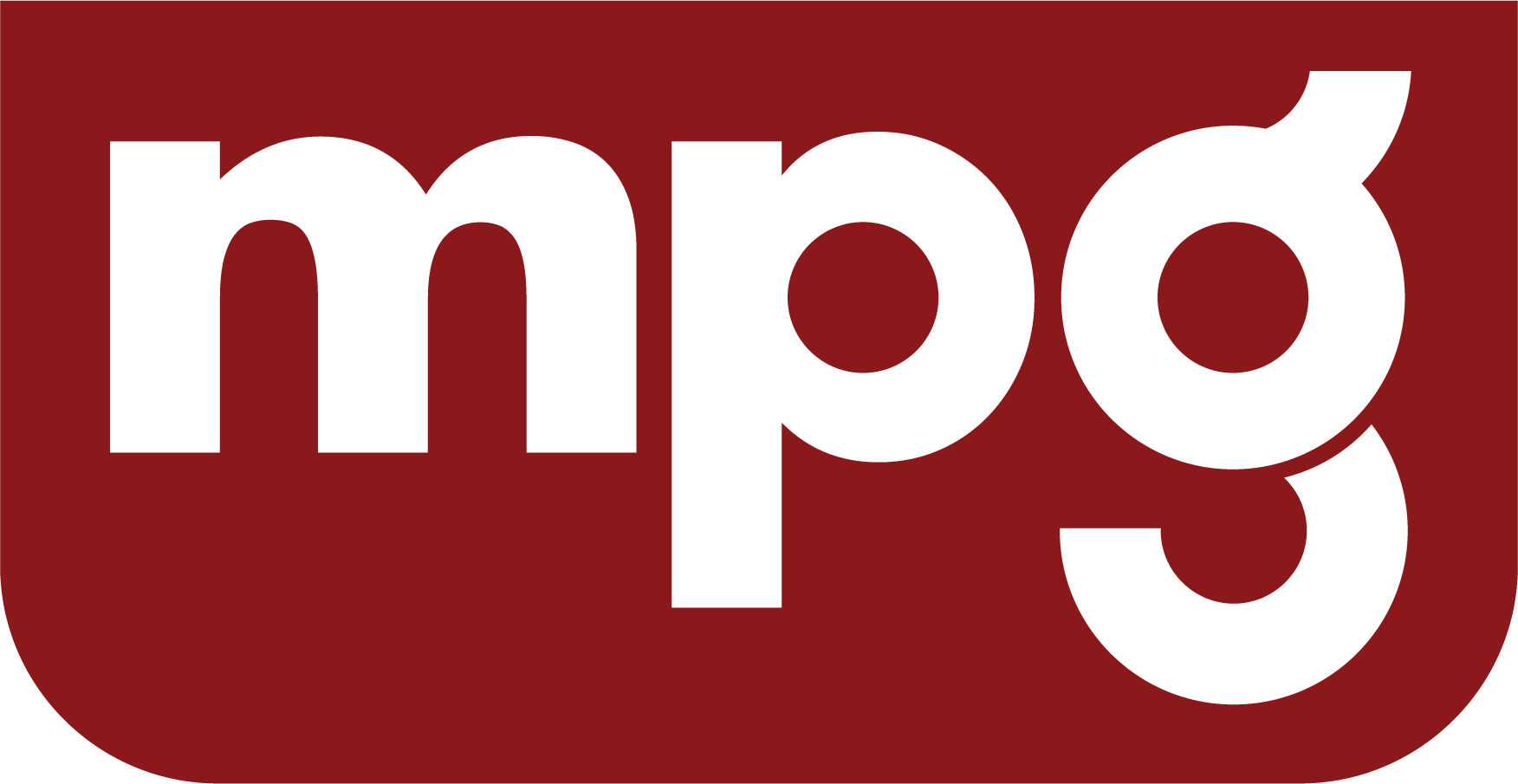menu
menu
Menu
cancel
- arrow_back_iosBacknavigate_nextpersonPersonal
- groupCommunities
- articleBlogs
- eventEvents
- sourceTemplates
- question_answerQuestions
- schoolLearning
- business_centerBusiness
- live_helpFAQ
2. **How can organizations quantitatively assess and prioritize different types of risks (e.g., strategic, operational, financial, compliance) to ensure that they focus resources on the most signi...
3. **In what ways can advancements in technology, such as data analytics and artificial intelligence, enhance an organization's ability to anticipate, identify, and mitigate enterprise risks?
What are the key differences between internal and external audits, and how do each contribute to organizational accountability and compliance?
How can organizations effectively prepare for an upcoming inspection to ensure compliance with industry standards and regulatory requirements?
What are some common challenges faced during the audit process, and what strategies can be employed to address and overcome these challenges to improve audit outcomes?
What are the most effective strategies for balancing employee oversight with autonomy to ensure optimal productivity and job satisfaction?
How can companies leverage technology, such as monitoring software and data analytics, to enhance employee oversight without infringing on privacy or diminishing trust?
What role do management practices, such as regular feedback and performance reviews, play in maintaining transparent and constructive employee oversight?
**What are the main types of financial risk faced by businesses and how can they mitigate these risks?
- This question explores the different categories of financial risk, such as credit risk, market risk, liquidity risk, and operational risk, and discusses strategies for managing and mitigating ...
